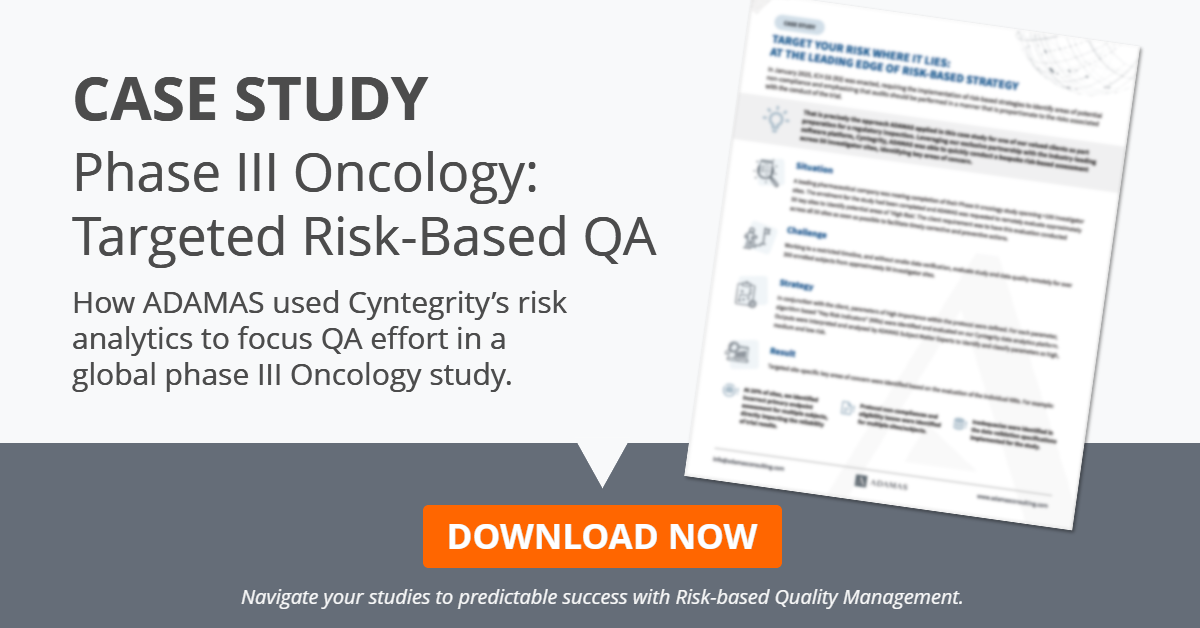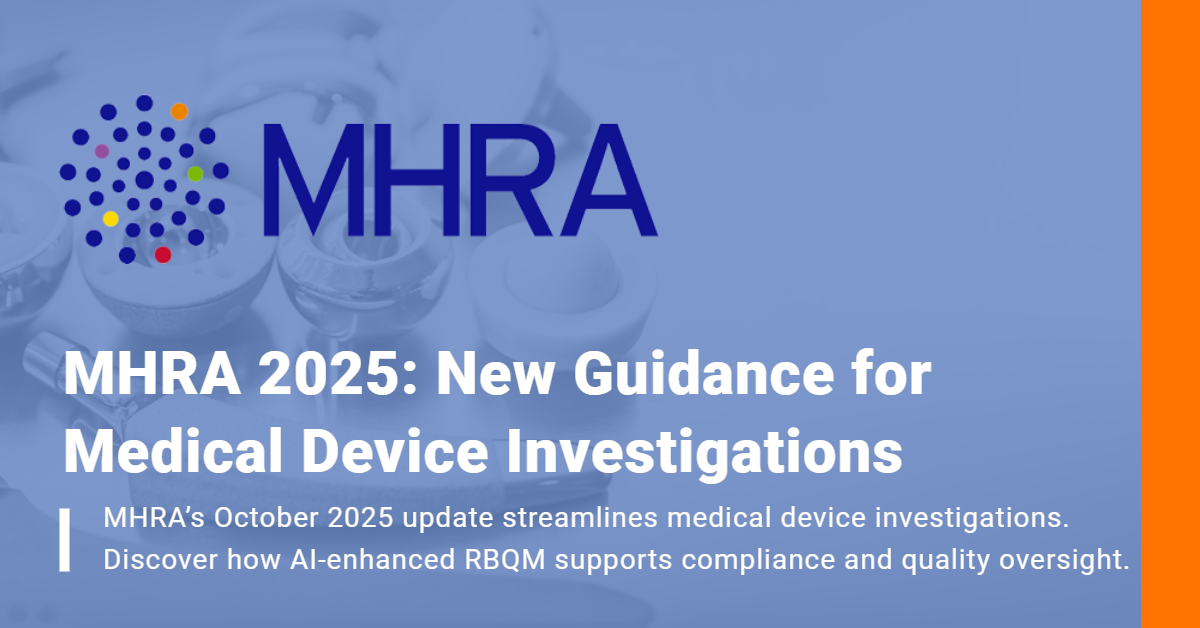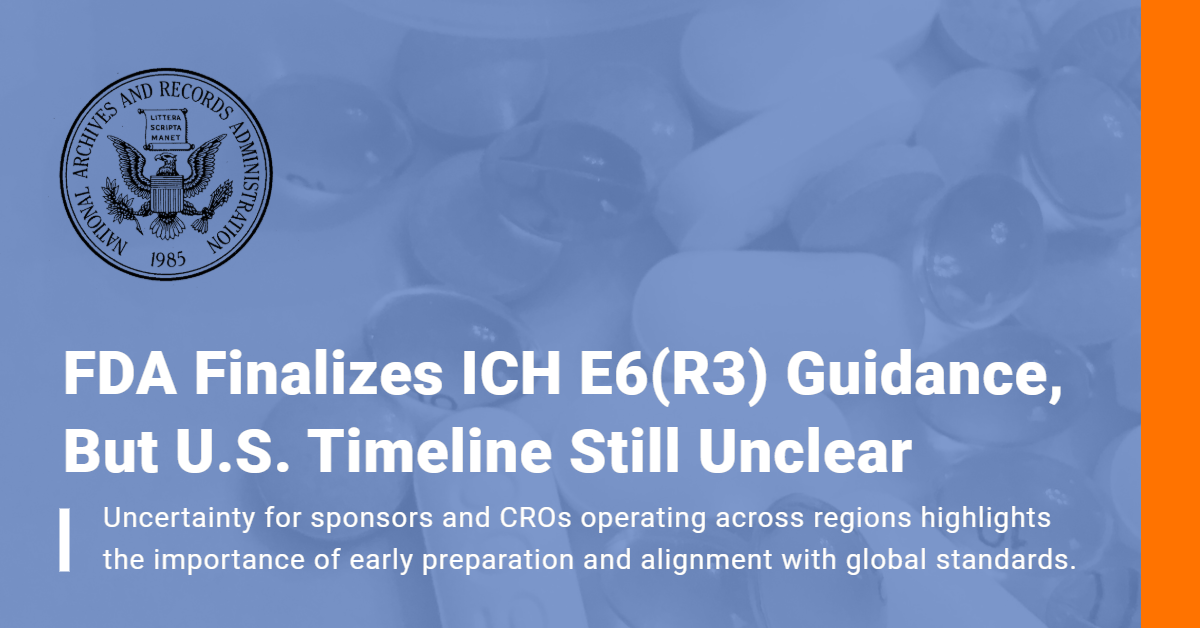Why Phase 1 Studies Are Different
Creating indication focused or therapy specific risk assessment and categorization tools (RACT catalogs) makes a lot of sense. For example, a catalog for Diabetes studies, a catalog for Heart Failure or one for Medical Device studies. These catalogs serve as a sound basis for initiating your risk-based quality management (RBQM) activities without having to worry about how to get started.
As advised by the ICH GCP E6 and E8 guidelines, RBQM is not only supposed to be implemented for large, Phase 2b, Phase 3 or for Phase 4 studies, but also for Phase 1 studies, since many things can go wrong in Phase 1 studies. Although Phase 1 studies usually run in very few subjects, i.e. between 6 and 24 subjects, and mostly run just at one study site, careful planning and conduct of those studies speaks for itself.
Very little is usually known about the compound under investigation, i.e. mainly data are available from toxicology and animal pharmacology, prior to the first application in men. Depending on the type of drug, preferably only 1 or 2 subjects should be enrolled at a time – the sequential cohort approach – rather than as many of the subjects as you can get hold of like in Phase 3 or Phase 4 studies.
A substantial risk of losing control
The subjects are often ‘hospitalized’ in a ward to have them fully under control in case of any unexpected events happening. Environmental surrounding must therefore be kept as stable as possible in order to avoid any influence of external factors on the outcome of such a Phase 1 study.
For that reason, the prerequisite of a controlled research environment adds another risk dimension to the Phase 1 clinical trial design:
- Samples are more frequently taken than in other studies, in order to get to a sound pharmacokinetic analysis.
- Randomization must be adhered to very strictly, in particular in cross-over studies and even more so in studies using a complete block design or Latin square design, with dropouts to be replaced.
- The examining investigator should always be the same, in cross-over and Cardiovascular studies in particular.
- Subjects should be separated in case actions (e.g. urination) of one subject can have an influence on other subjects, like in studies using diuretics.
- Dose increments or dose increase rules must be adhered to strictly and cooperation and communication with the Sponsor company are critical.
- Safety lab data should be available quickly and even a local lab may be desirable compared to a central lab, the latter usually only being able to provide the safety lab data later than a local lab.
- Ongoing analysis of the safety data is mandatory since the next dosing or the inclusion of the next subject should only take place after a medical review of the safety data.
- Monitoring must take place in very short intervals to ensure protocol adherence and proper documentation of all relevant data in the CRF.
In essence, not to forget any of the above (non-comprehensive) list of potential risks to the subjects in a Phase 1 study, it is extremely helpful to have a catalog of risks, their risk categorization (impact, probability, detectability) and mitigation actions in place. Such a catalog is not supposed to be viewed as a basis for a ‘checkbox’ exercise, but preferably as a helpful source to ensure maximum subject safety and a reliable outcome of a Phase 1 study.
MyRBQM® RACT Library
The Healthy Volunteers – Phase 1 RACT is a great addition to the growing library of therapy specific RACTs. Currently available indications: Healthy Volunteers – Phase 1, Heart Failure, Oncology, Pulmonology, Diabetes, Cardiovascular and Medical Devices.
Learn more: MyRBQM® RACT – Indication Focused RACT Library
Try the new Healthy Volunteers – Phase 1 RACT catalog with MyRBQM® Portal’s free 30-day user license: https://cyntegrity.com/product/myrbqm-portal-free/







